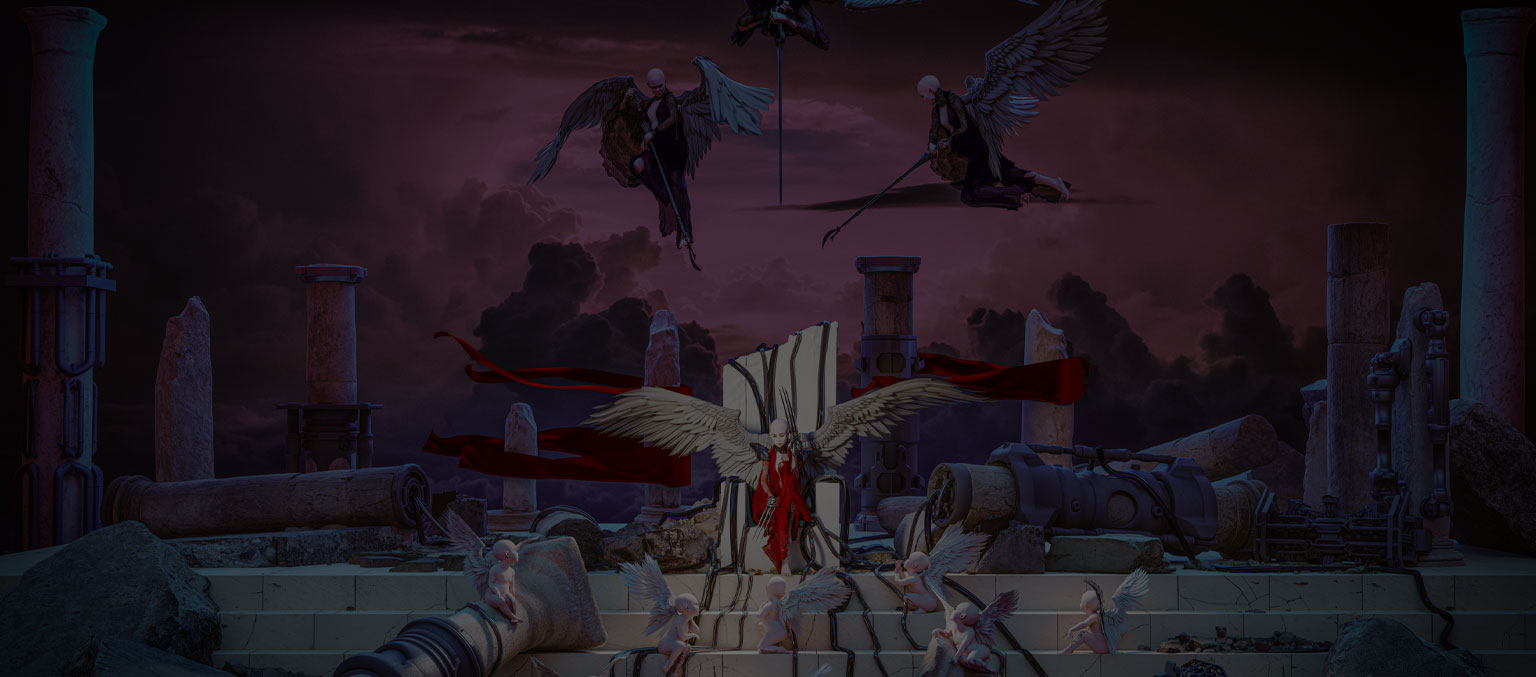Here’s how NFTs are already shaking things up in Hollywood, the fashion industry, music, and TV, proving that these tokens are more than just digital assets.
If you’re an avid reader of these lessons, you know that every NFT is unique, establishing digital scarcity and individuality. They can prove ownership over digital or physical assets, depending on the metadata tied to it. Some critics might argue that NFTs are unnecessary, but they actually have various use cases.
NFTs and Film
In Hollywood and the indie film industry, NFTs have become more commonplace, and for different reasons. Traditional studios and streaming platforms such as Paramount, Warner Bros, and Lionsgate see NFTs as a new revenue source for established intellectual property (IP) and declining home entertainment industries. This shift is caused by consumers who are transitioning from physical disks to digital-only files and streaming services.
Warner Bros is currently reimagining its vision for the future of home entertainment with its experimental Lord of the Rings NFTs. They unlock special features and a copy of the film, replacing DVDs with NFTs.
Netflix’s approach to NFTs for Stranger Things was to reward fans with digital NFT posters of the show’s stars for completing weekly online games.
Independent film producer Niels Juul, who produced Martin Scorsese’s films “Silence” and “The Irishman,” sees NFTs as a way to fund film projects that wouldn’t otherwise get made. He created NFT Studios and KinoDAO, allowing NFT buyers to have a say in various filmmaking decisions and receive exclusive token-gated access and rewards. “Hunger Games” co-producer Bryan Unkeless also wants to use NFTs to both fund and create fandom around his upcoming multimedia project “Runner.” By creating NFTs, the team will have creative control and build a community while sourcing feedback directly from fans.
NFTs in Music and Fashion
Music and fashion have also started to explore the potential of NFTs. One example is the artist Grimes, who sold an NFT collection for $6 million. The collection included digital artworks, music, and collectibles. Additionally, luxury brand Gucci auctioned an NFT artwork in collaboration with artist Aria for $25,000, with the proceeds going to UNICEF.
NFTs have also opened up new pathways for asset transfer across platforms, also known as interoperability. They enable a whole new conception of what it means to “own” digital assets. Digital scarcity and individuality are essential in our increasingly digital world, where some believe that digital assets are worth less because they can be easily copied and reproduced.
Conclusion
NFTs are proving to be more than just digital assets. They have various use cases and are being used across different sectors. Whether it’s Hollywood, the music industry, or the world of high fashion, NFTs are creating new revenue streams, providing creative control, and building communities. NFTs have enabled a new concept of digital ownership, establishing digital scarcity and individuality in our increasingly digital world.
